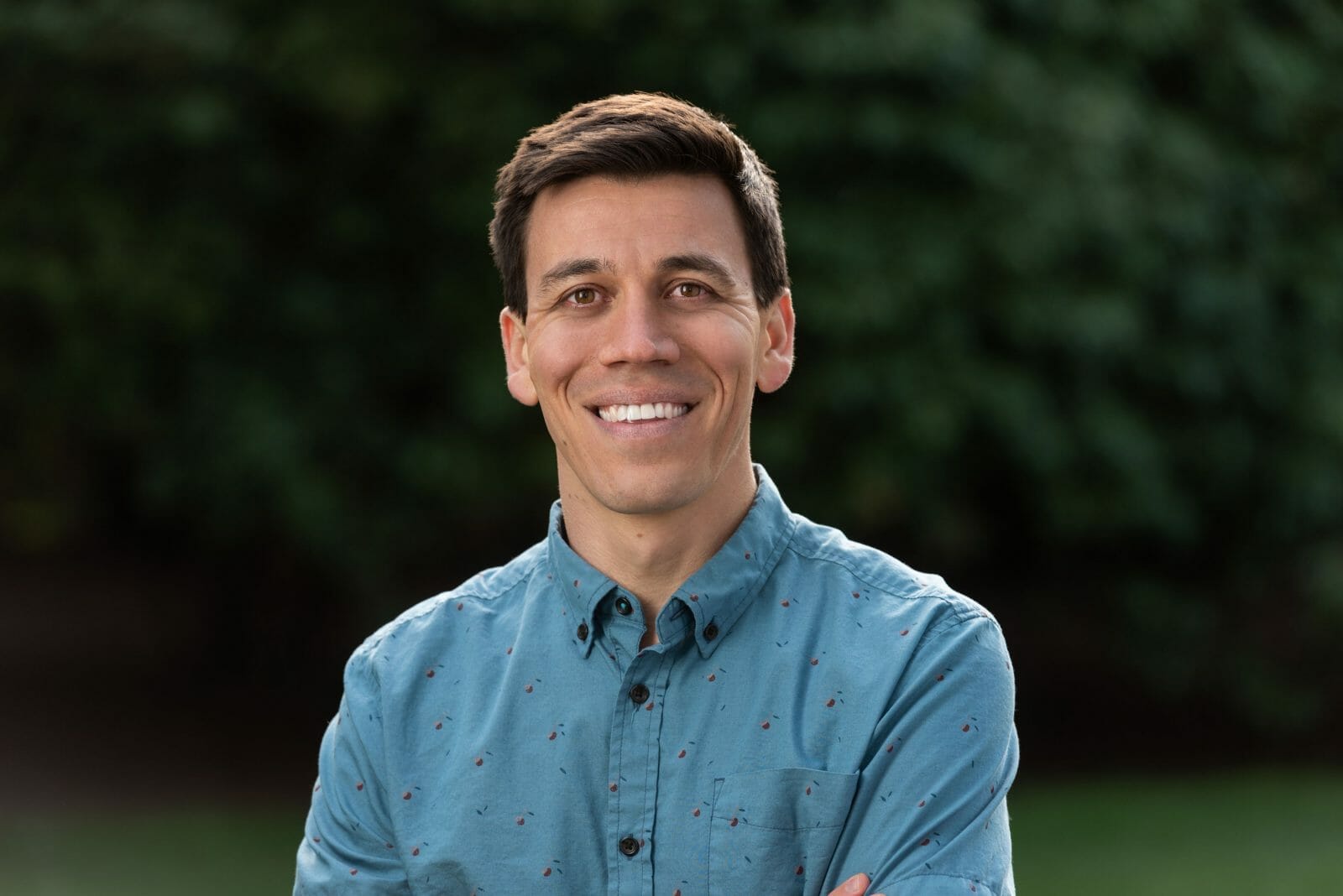A Deeper Look at Social Intrapreneurship: An Interview with Mark Horoszowski

Mark Horoszowski is the CEO at MovingWorlds, a social enterprise that helps companies scale their social impact programs by engaging employees. Mark is a founding adjunct faculty member and lecturer on Corporate Social Responsibility at the University of Washington Tacoma’s Center for Leadership and Social Responsibility.
Tell us more about social INTRApreneurs.
We tend to be eager to create these exciting new labels or get people to self-select as “social intrapreneurs,” but the reality is that most of the people we call social intrapreneurs do not identify themselves as that. They are simply individuals trying to make their company and the world a little better. In fact, I’ve spoken to a lot of people that run away from this label as they fear it could have a negative impact on their career.
So my first piece of advice here is to ditch the label and start small. In our guide for social intrapreneurs, we suggest that companies need to both “do less harm” while also contributing to “do more good.” Let’s take a marketer as an example. A marketer can “do less harm” by ensuring that any place that they are paying to place advertisements exists for social good. This past year we saw so many ironic combinations – like companies that were lambasting fake news websites, while their ads were showing up on these very sites and, in turn, providing a financial incentive to these websites.
Alternatively, marketers can “do more good” by reimagining their marketing strategy and shifting away from traditional efforts to cause-based marketing campaigns that direct all their marketing spend to social causes. You don’t need to be a fancy intrapreneur to propose this, rather, you need to be a strategic marketer that analyses your assets and thinks about using them in ways that reduce harm and contribute to the sustainable development goals.
Many people are familiar with social entrepreneurs – those that start their own organizations to solve a problem. But what are social intrapreneurs? And what’s the difference between the two?
My colleague created a simple infographic to explain this difference here. The basic idea is that a social ENTREpreneur finds a new business model to create a social impact. A social INTRApreneur finds a way to make an existing business model create more social impact.
Social intrapreneurship sounds like being an advocate. How are they the same? Different?
Coming back to the idea of labels, I do think that we miscategorize these individuals. An advocate does things beyond the company’s existing business model and operations to create a more sustainable and equitable enterprise – like advocating for employees on the board, organizing walkouts, campaigning for unions, etc.
We definitely think there is a need for employee activists, but this is different from intrapreneurship. An intrapreneur is working directly in the core business, marketing, supply chain and other day-to-day operations to increase the competitiveness of the enterprise while making a positive impact and/or creating less harm.
Can you tell us about social intrapreneurs you’ve worked with in the past? What impact did they have?
Ricardo Wagner at Microsoft may be one of the best examples I’ve seen because he has found ways to be an intrapreneur in every role he has served in. Ricardo has long been passionate about accessibility in software. While on a skills-based volunteering project through the MySkills4Afrika program, he realized that there were inequities in some algorithms, and so went to the technical leaders to help them understand how their technology could be improved.
As time went on, he saw a bigger need for accessibility, but since he is not an engineer, he could not influence this directly. Instead, he started working with partners to understand their needs, and then brought his findings back to the business as a business opportunity, showing how Microsoft could financially benefit and accelerate progress towards its mission by building more accessible software. His work led to massive business deals with the Canadian government.
He didn’t stop there. From this, he learned that there was even more that could be done and then assembled a team to generate a new technology and business model around accessibility. I love Ricardo’s story because he shows that you can start small and then keep growing as you see more opportunities, and do that in a way that is positive to your own career.
How do you gain buy–in from others, including leaders?
In our MovingWorlds Institute and corporate CSR workshops, we talk about the need to “immunize corporate antibodies” and “navigate the naysayers.” Most guides on social intrapreneurship will talk about the need to build the business case, align with corporate priorities and mobilize champions – and indeed this is critical – but it takes just one naysayer to block an initiative like this. As such, it’s important to spend time identifying who may block your idea, and then figure out how to convert them to champions (or at least have them not be a blocker.) We recommend starting with systems-mapping and building executive sponsorship as early as possible to help navigate these naysayers.
Being a social intrapreneur isn’t for everyone. How can others support a social intrapreneur within their own organization without becoming one themselves?
I agree with this, but I think it’s because we want people to be these big and audacious social intrapreneurs. Look – most people don’t want to be intrapreneurs. It’s risky. It’s hard. I think we need to change the conversation and show that every person, no matter their role, can make small changes that can make an important difference. In our guide explaining how professionals can use their job to help contribute to the Sustainable Development Goals, we tell people to simply start conversations with their colleagues to brainstorm how they can both reduce the harm they may be creating in their day-to-day jobs, while also contributing to positive progress.
